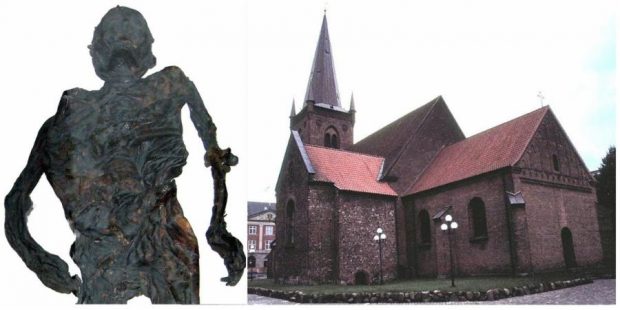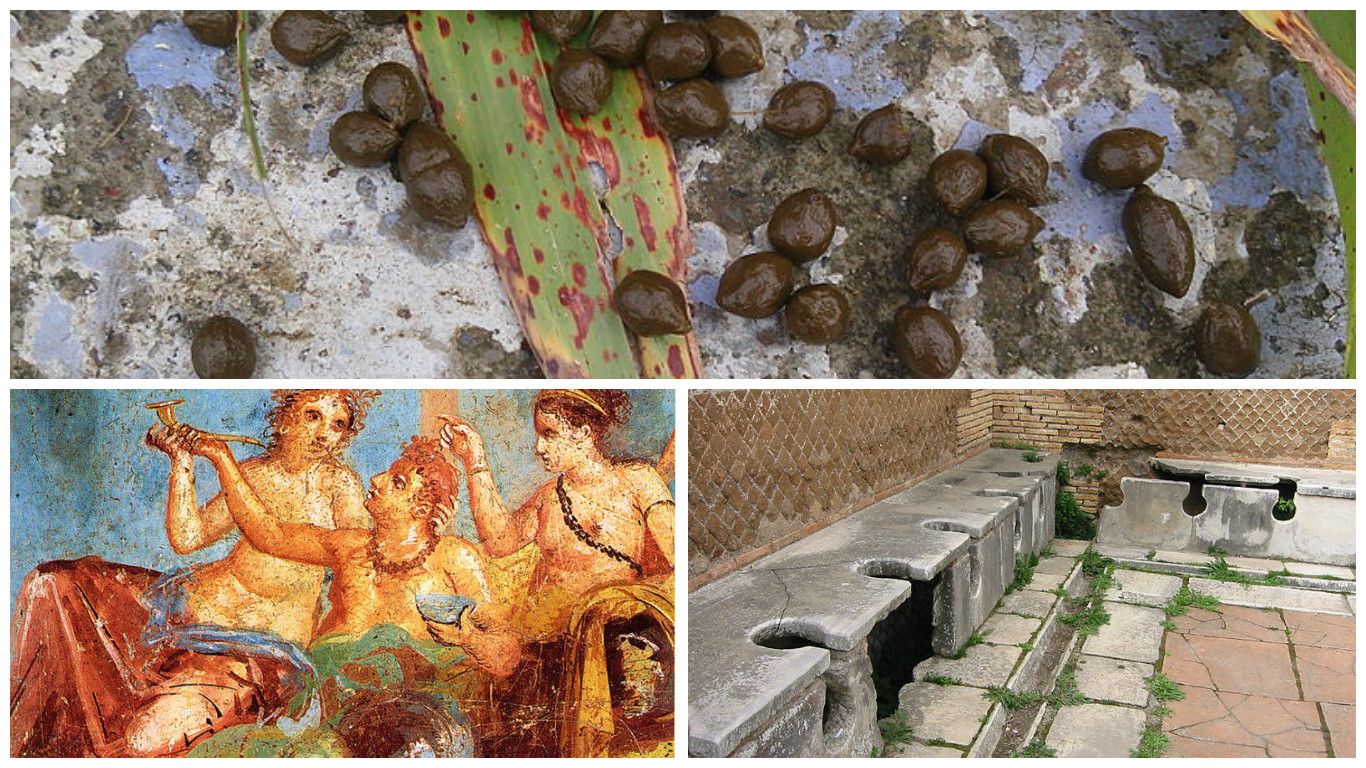Advertisement
You Won’t Believe the Story of the Haraldskaer Woman
By David Clarke
3 min read
Advertisement - Continue reading below

It is not often that archaeologists are able to find well-preserved human remains. When it does happen, it’s absolutely spectacular. Science has come such a far way that we’re able to gather information about corpses more than we have ever been able to before! When you study a body, you can figure out where they lived, how they lived, what they ate, and how they died. These are just a few possibilities with what scientists and archaeologists are able to find when examining and analyzing a body. The best part is that they can also potentially match up a body with someone who lived in history!
That is the case for The Haraldskaer woman.

In Jutland, Denmark, a very well preserved woman was found in a bog. Her body had been naturally preserved and found in 1835 while workers in the area had been excavating the land on the Haraldskaer Estate. This woman happened to be one of the first bog studies that archaeologists had done. They were lucky to have found her as well, as her body was preserved in excellent condition. The entirety of her skin envelope as well as her internal organs were all intact as well. When she was buried, she was naked but had 3 woolen garments and a leather cape placed on top of her.

Of course, her body has been reexamined since it was discovered in 1835.
Scientists found that when she had been buried, she had been on a diet of unhusked millet and blackberries. This discovery was made in 2000 by The Department Of Forensic Science at the University of Aarhus. But who was this mystery woman that they found? Could she be of royal lineage? Some speculated that the woman had been the Norwegian queen Gunhild. It was believed in history that this queen had been drowned in a bog by the orders of the Danish King. However, there isn’t really a solid way to prove that these remains have any royal lineage. It was determined, however, that this could not have been the Norwegian queen.

It appears that this woman died some 1,500 years before the queen had reigned. The only other information they were able to take from her remains is that she died in good health around 40 years old. After analyzing her teeth, it was also determined that she had died in the same place that she was born. Her body is now on display for visitors to see at St Nicolai Church in Vejle, Denmark. It’s really incredible how far we’ve come as a species that we are able to make discoveries like this and gather new and interesting information about our biological history! It’s not every day that scientists are able to make such important and interesting discoveries like this! This woman is hopefully just one of many more amazing discoveries we’ll be able to make throughout our history.
Advertisement - Continue reading below












